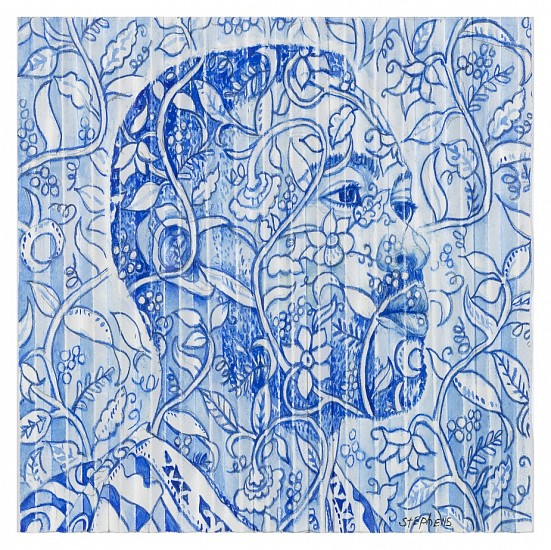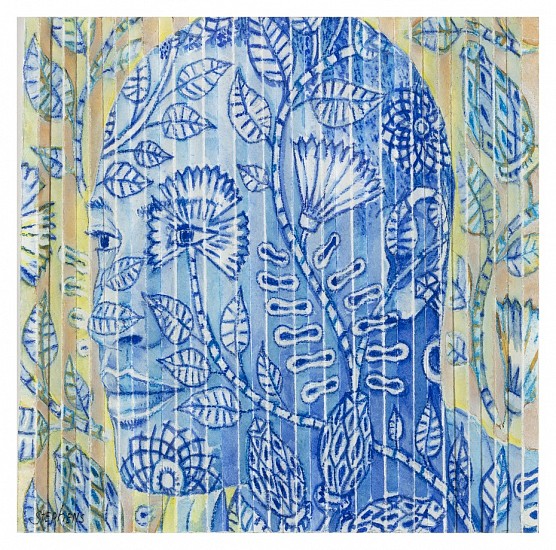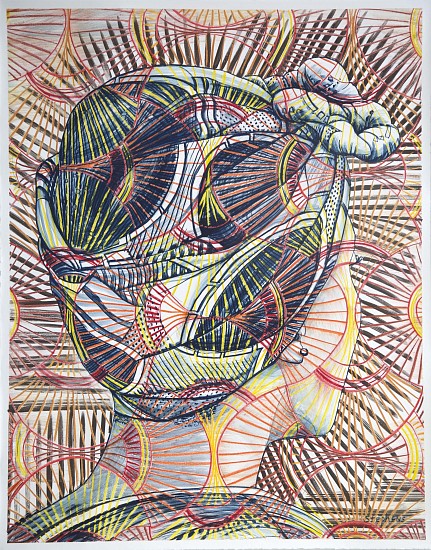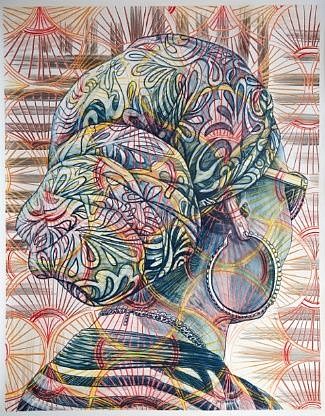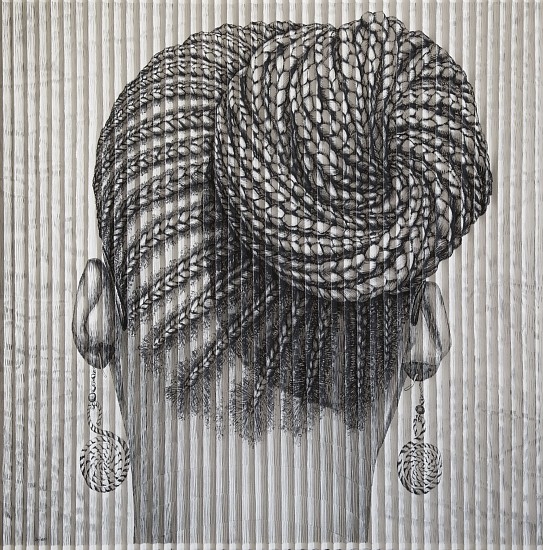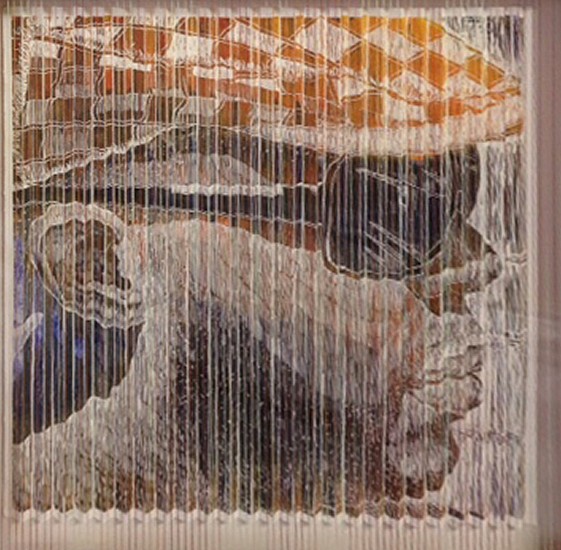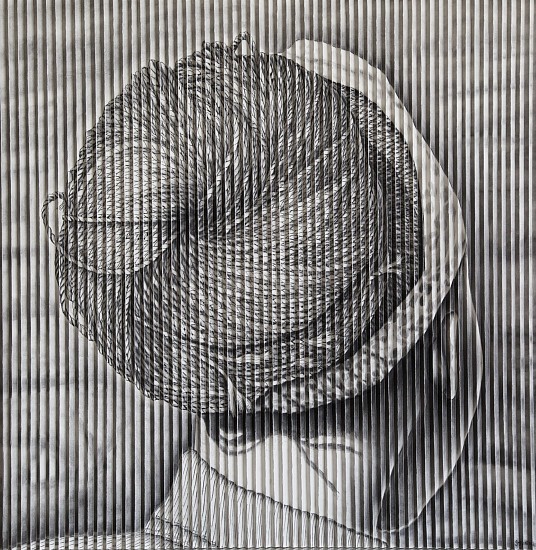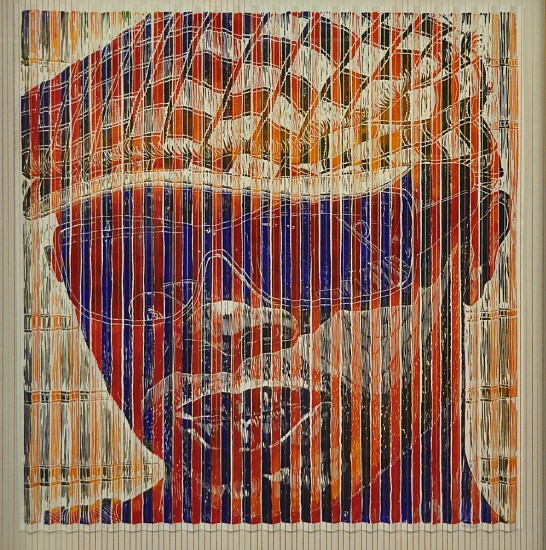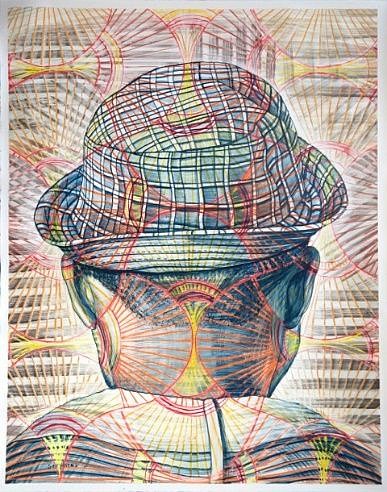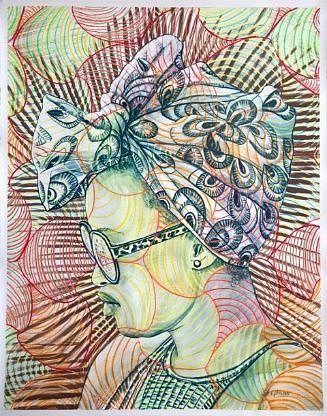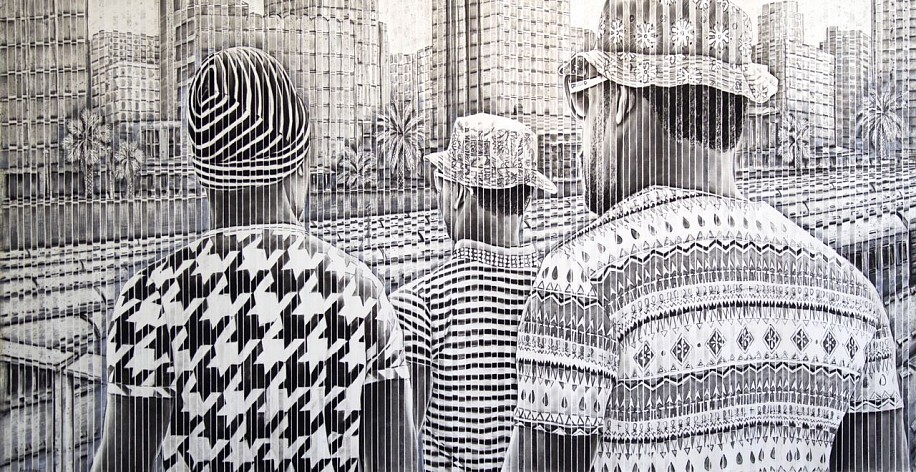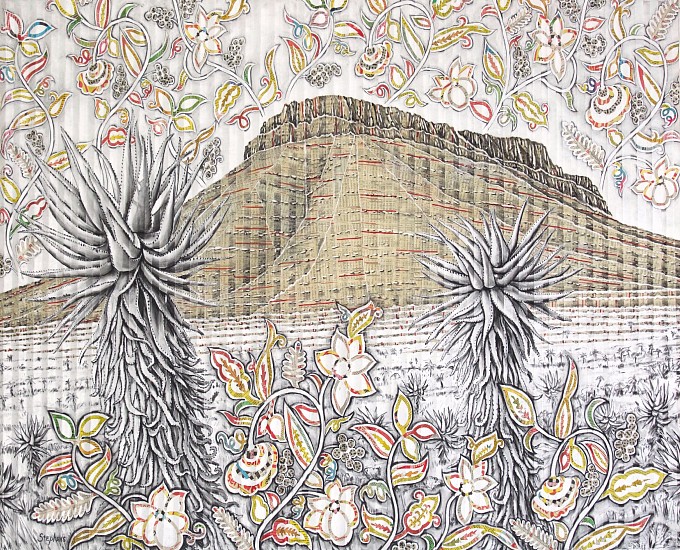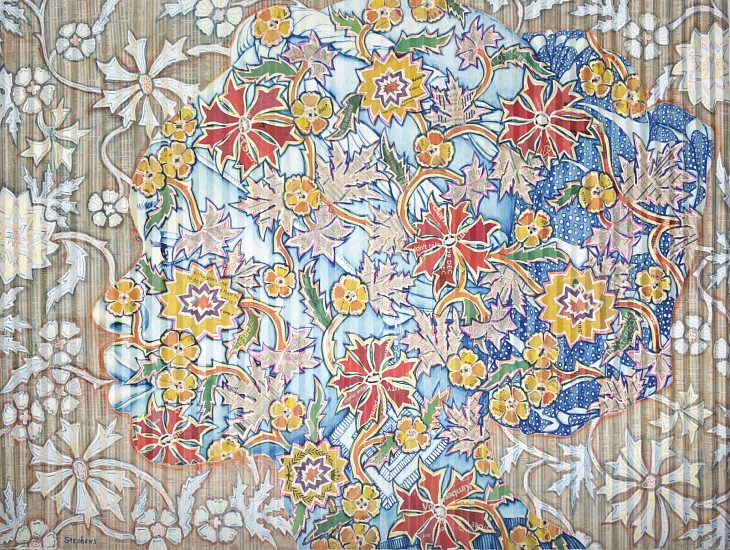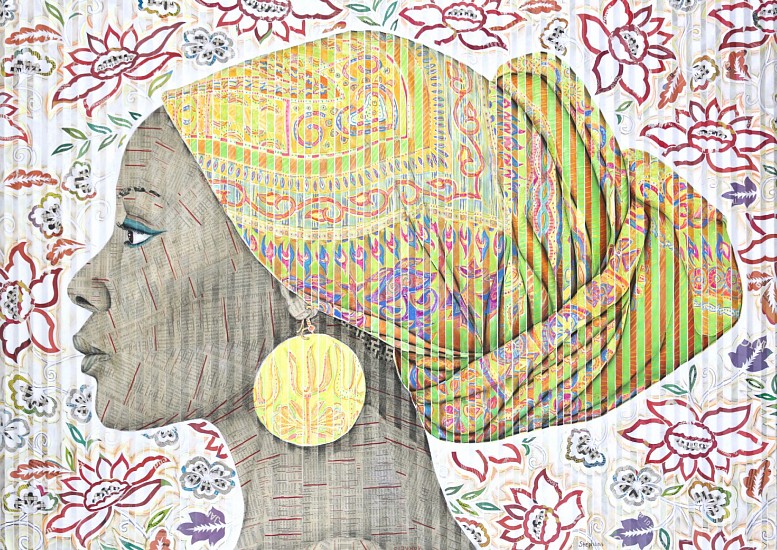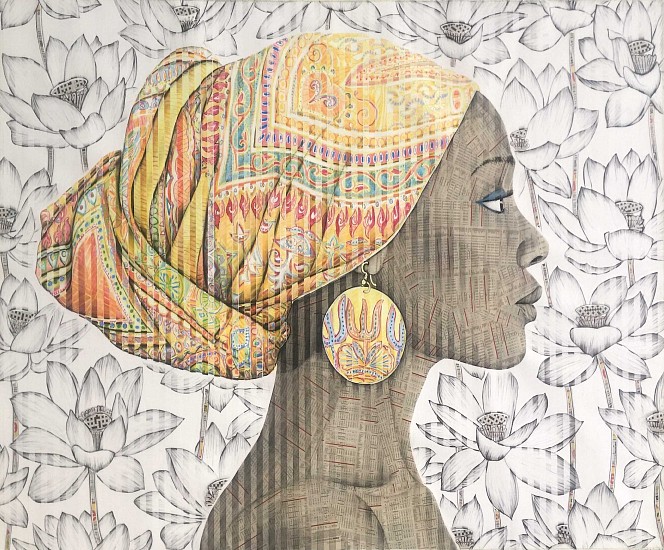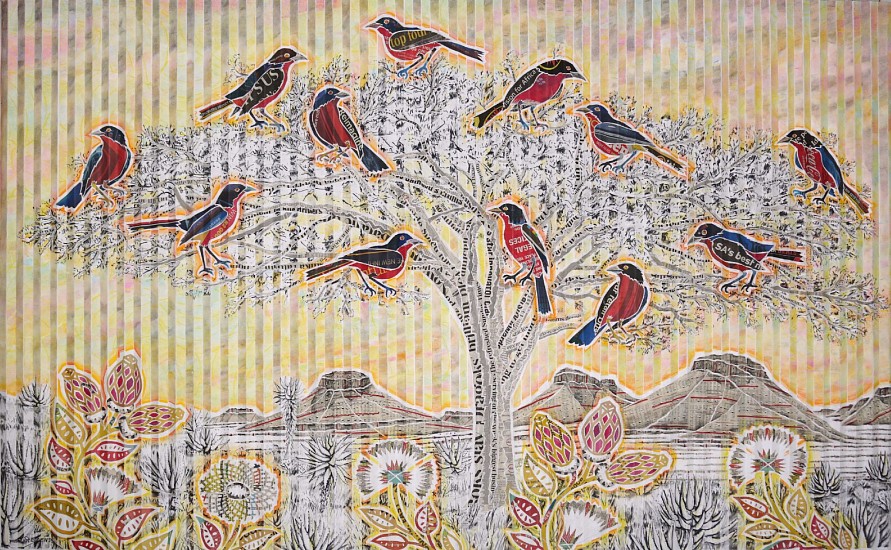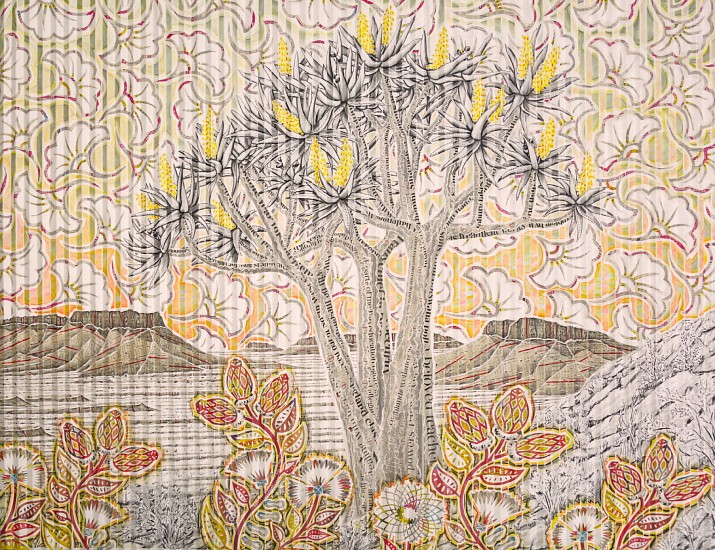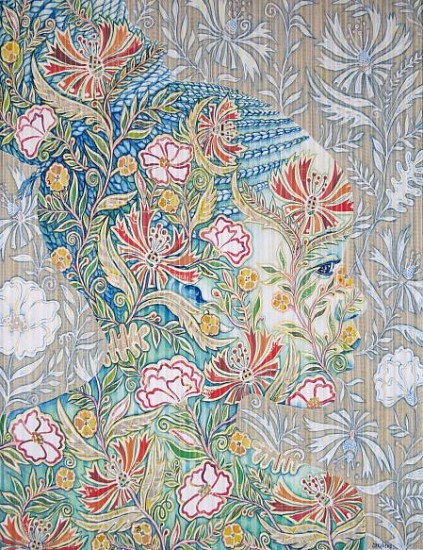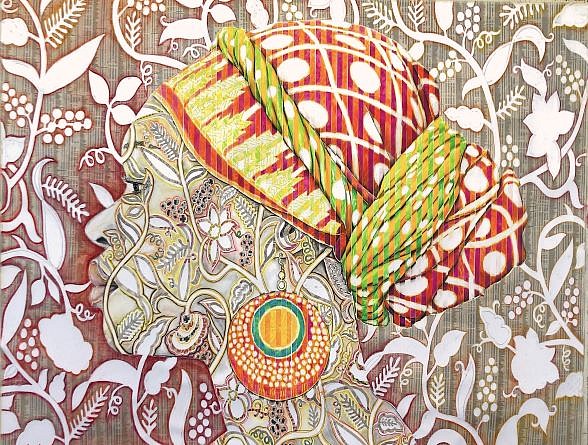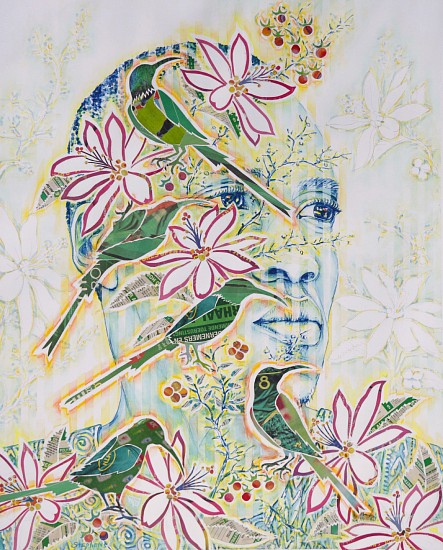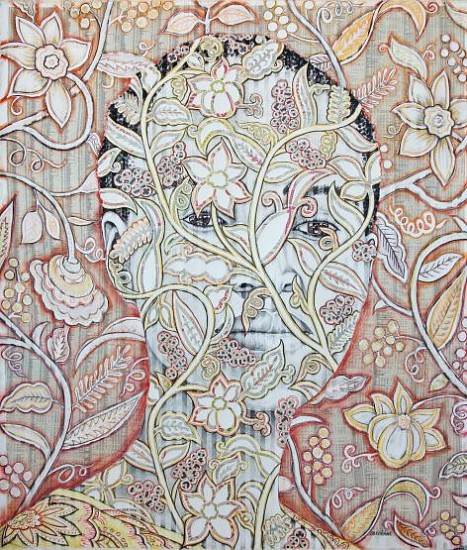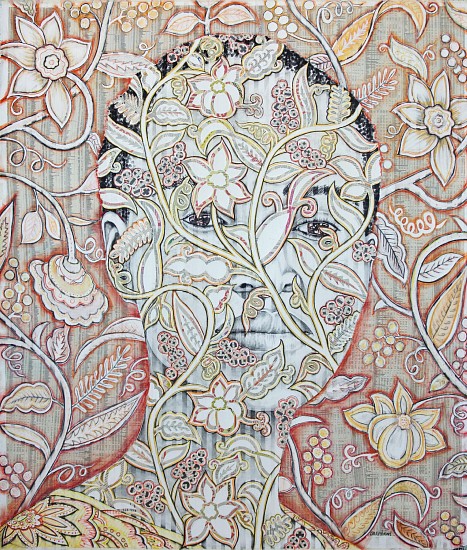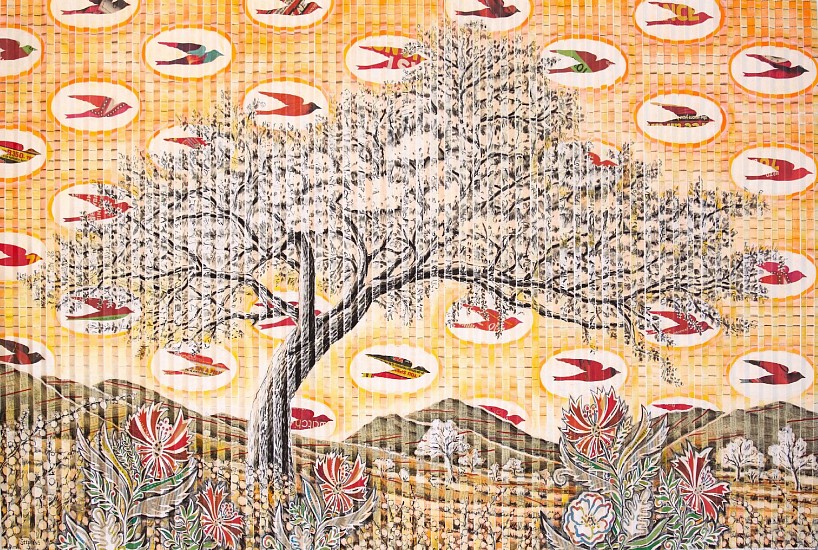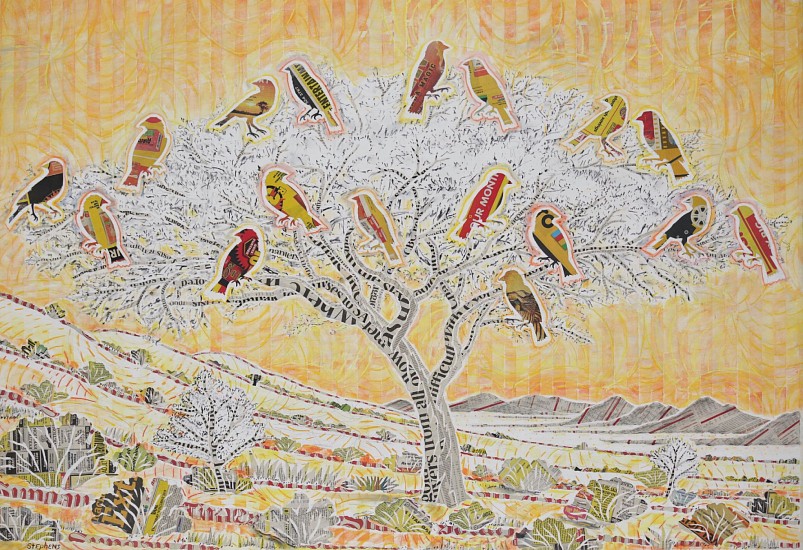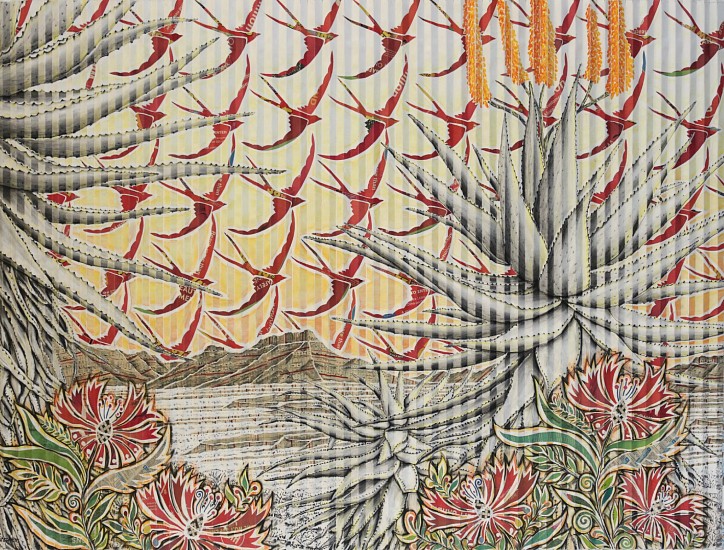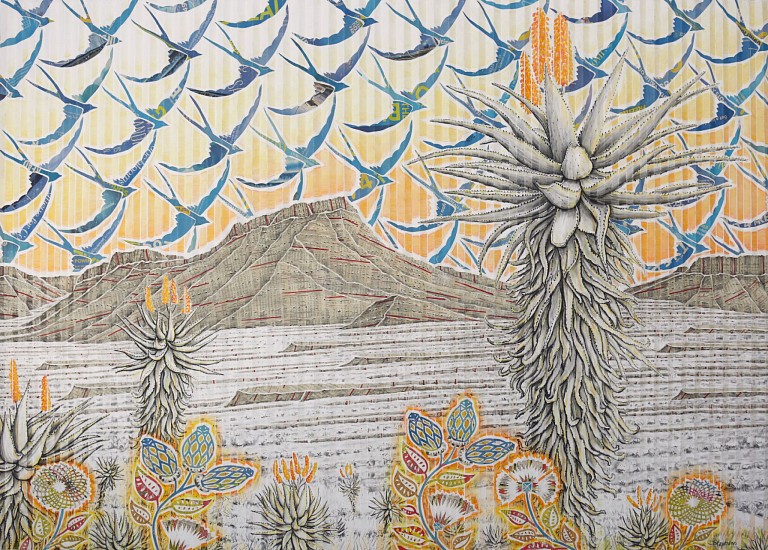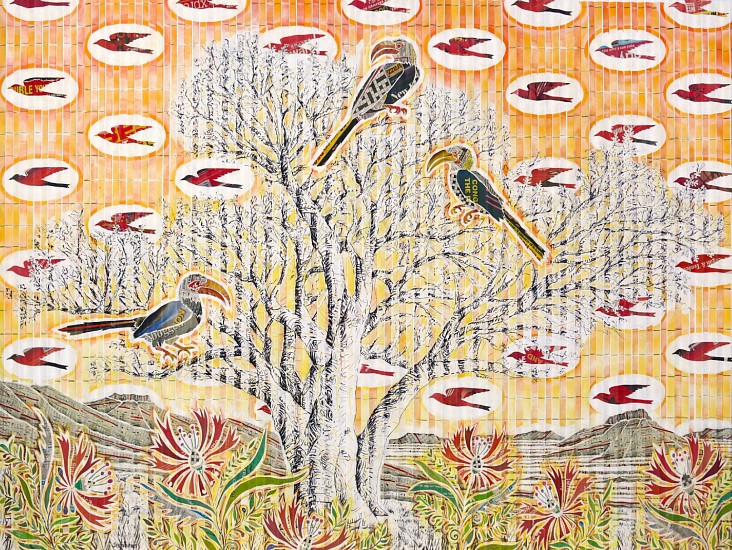GARY STEPHENS
Working in chalk pastel, watercolour and his signature folded paper technique, Johannesburg-based artist Gary Stephens presents two small portraits which are part of a larger body of work that celebrates the many young, gay men in South Africa living their lives with courage and dignity. The heroic treatment of his subjects pays homage to those who are helping to transform social rules by bravely proclaiming their gay pride. Stephens explains further: “I am grateful for the new voices that expand society’s acceptance of being gay… and for the freedoms they earn for all gay people by courageously living open lives.”
Contact: info@everardlondon.com
Working in chalk pastel, watercolour and his signature folded paper technique, Johannesburg-based artist Gary Stephens presents two small portraits which are part of a larger body of work that celebrates the many young, gay men in South Africa living their lives with courage and dignity. The heroic treatment of his subjects pays homage to those who are helping to transform social rules by bravely proclaiming their gay pride. Stephens explains further: “I am grateful for the new voices that expand society’s acceptance of being gay… and for the freedoms they earn for all gay people by courageously living open lives.”
Contact: info@everardlondon.com
Gary Stephens’ portraits pay homage to the African traditions of hair-braiding, hats, headscarves and contemporary urban style. Many of his drawings focus on the iconic power of a subject’s hair or headdress rather than their specific facial features. Stephens portrays women in head scarves or men in hats to focus attention on the power of these everyday symbols of African life and to capture a sense of contemporary African style and flair for fashion. Stephens is drawn to patterns and visual rhythms, such as geometric repetitions, textile patterns, or botanical shapes. He is attracted to non-verbal, hypnotic visual experiences and often creates layers of patterns that offset and energize the image in the foreground.
Gary Stephens’ portraits pay homage to the African traditions of hair-braiding, hats, headscarves and contemporary urban style. Many of his drawings focus on the iconic power of a subject’s hair or headdress rather than their specific facial features. Stephens portrays women in head scarves or men in hats to focus attention on the power of these everyday symbols of African life and to capture a sense of contemporary African style and flair for fashion. Stephens is drawn to patterns and visual rhythms, such as geometric repetitions, textile patterns, or botanical shapes. He is attracted to non-verbal, hypnotic visual experiences and often creates layers of patterns that offset and energize the image in the foreground.
Gary Stephens’ portraits pay homage to the African traditions of hair-braiding, hats, headscarves and contemporary urban style. Many of his drawings focus on the iconic power of a subject’s hair or headdress rather than their specific facial features. Stephens portrays women in head scarves or men in hats to focus attention on the power of these everyday symbols of African life and to capture a sense of contemporary African style and flair for fashion. Stephens is drawn to patterns and visual rhythms, such as geometric repetitions, textile patterns, or botanical shapes. He is attracted to non-verbal, hypnotic visual experiences and often creates layers of patterns that offset and energize the image in the foreground.





























